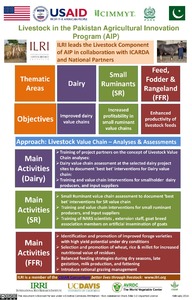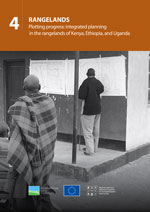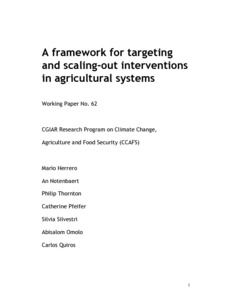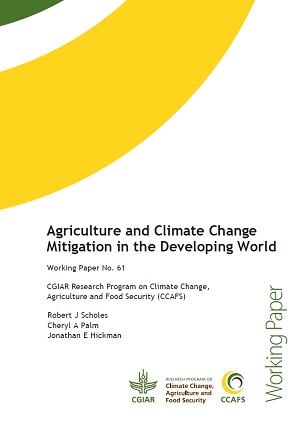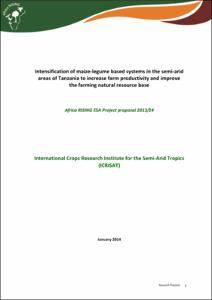Report of the Kongwa Kiteto action sites innovation platform launch
Plotting progress: Integrated planning in the rangelands of Kenya, Ethiopia, and Uganda
ICRISAT 2013 activities: Dryland Systems CRP
Plotting progress: integrated planning in the rangelands of Kenya, Ethiopia, and Uganda
Ill advised, uncoordinated, and badly planned interventions have been blamed for continuing poverty and food insecurity in rangelands. Water interventions in particular have had negative impacts. Not only have these interventions failed to improve the livelihoods of people living there, but in many cases they have served to undermine them and the environment on which they depend.
“How Can We Survive Here?” The Impact of Mining on Human Rights in Karamoja, Uganda
Basic survival is very difficult for the 1.2 million people who live in Karamoja, a remote region in northeastern Uganda bordering Kenya marked by chronic poverty and the poorest human development indicators in the country. Traditional dependence on semi-nomadiccattle-raising has been increasingly jeopardized.
Décret 2014-078
Le présent décret modifie les limites de la zone d’utilité publique (ZUP) définie par le décret n°98-476/PRES/PM/MEE/MEF du 02 décembre 1998 portant déclaration d’utilité publique et régime particulier de gestion des terres du domaine foncier de la zone du projet Bagré et définit l’emprise de la zone d’utilité publique du pôle de croissance de Bagré.Par ailleurs, il crée à l’intérieur du domain
A framework for targeting and scaling-out interventions in agricultural systems
There are real needs and opportunities for well-targeted research and development to improve the livelihoods of farmers while at the same time addressing natural resource constraints. The suitability and adoption of interventions depends on a variety of bio-physical and socio- economic factors.
Agriculture and climate change mitigation in the developing world
Agricultural activities in the developing world directly contribute about 4.23 GtCO2eq/y to the current anthropogenic forcing of the global climate, and indirectly a further approximately 3.93GtCO2eq/y through forest clearing and degradation. Together they constitute a quarter of the total global climate forcing from all sources.
Climate change, agriculture, food security, East Africa
In East Africa, agricultural systems are highly vulnerable to climate change and variability because of high dependence on rainfall. The increasing frequency and severity of drought, heat and cold stress as well as floods are likely to lead to major food crises in the region. Rapid population growth rates, poverty and inequality exacerbate problems caused by exposure to climatic change.

